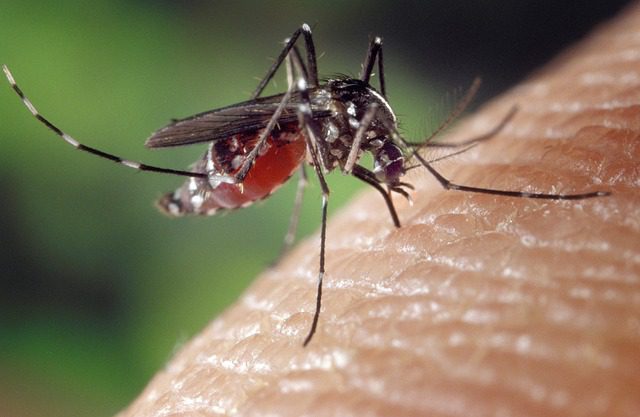By Aramis Khosronejad
With the rise of artificial intelligence and the seemingly ever-changing technological world, the main question coming from educators and parents is how the new generation is going to adapt and thrive in the dawn of this new era. Stony Brook University’s new summer camp aims to prepare them.
Located in the university’s Center of Excellence in Wireless and Information Technology, the program is a collaboration between Stony Brook and Sunrise Technology.
The program has yielded extremely impressive results and received international attention, attracting students from as far as Hong Kong. This largely has to do with the outreach program managed by Rong Zhao, the director of Stony Brook’s CEWIT, which strives to engage students from local high schools on Long Island. Zhao said that the “demonstration” of the self-driving car models “is the biggest attraction.”
The camp is important, according to Zhao, because it shows students that such advanced technology such as self-driving cars and AI isn’t something to fear. “[It isn’t] this mystical, futuristic thing … it’s tangible … [the students] think, ‘Wow, I can code this.’ It is, in the end, the future generation that we’re helping.”
By teaching students to understand that advanced technologies such as AI aren’t something far off into the future but is our current reality, the camp aims to prepare the new generations to adapt to this inevitable future.
According to a report in Forbes by MIT and Boston University, AI will replace as many as 2 million manufacturing workers by 2025. With such rapidly approaching change, preparing the new generation to adapt to this future is paramount. This kind of preparation is exactly what this interactive AI summer camp aims to do, according to Zhao.
Yu Sun, founder and CEO of Sunrise Technology, explained in an interview with TBR News Media how the camp works. It consists of three main activities for students: Lectures where students will listen to a professor speak on the coding process; computer labs where students will be able to apply what they learned from the lectures; and lastly, a project where students will develop and deploy their own self-driving car models.
The program will “give the students an idea of how these self-driving programs work using their own unique design, which also keeps them engaged,” Sun said. She believes that, regardless of whether parents or students are interested in STEM, “AI is such an up-and-coming buzz and parents want students to be exposed to this field.”
“How can we turn this into an educational opportunity which will have a real impact?” Zhao asked. The future is here already, and teaching students how to thrive and adapt to it is essential.
The program spans over two sessions: The first consisted of two weeks from July 8 to 19, and the second session will consist of another two weeks from Aug. 5 to 16. Students from 9th to 12th grade are eligible for the summer camp.
There are very few prerequisites for this program. The second session of the program is still available for any interested high school students.






















